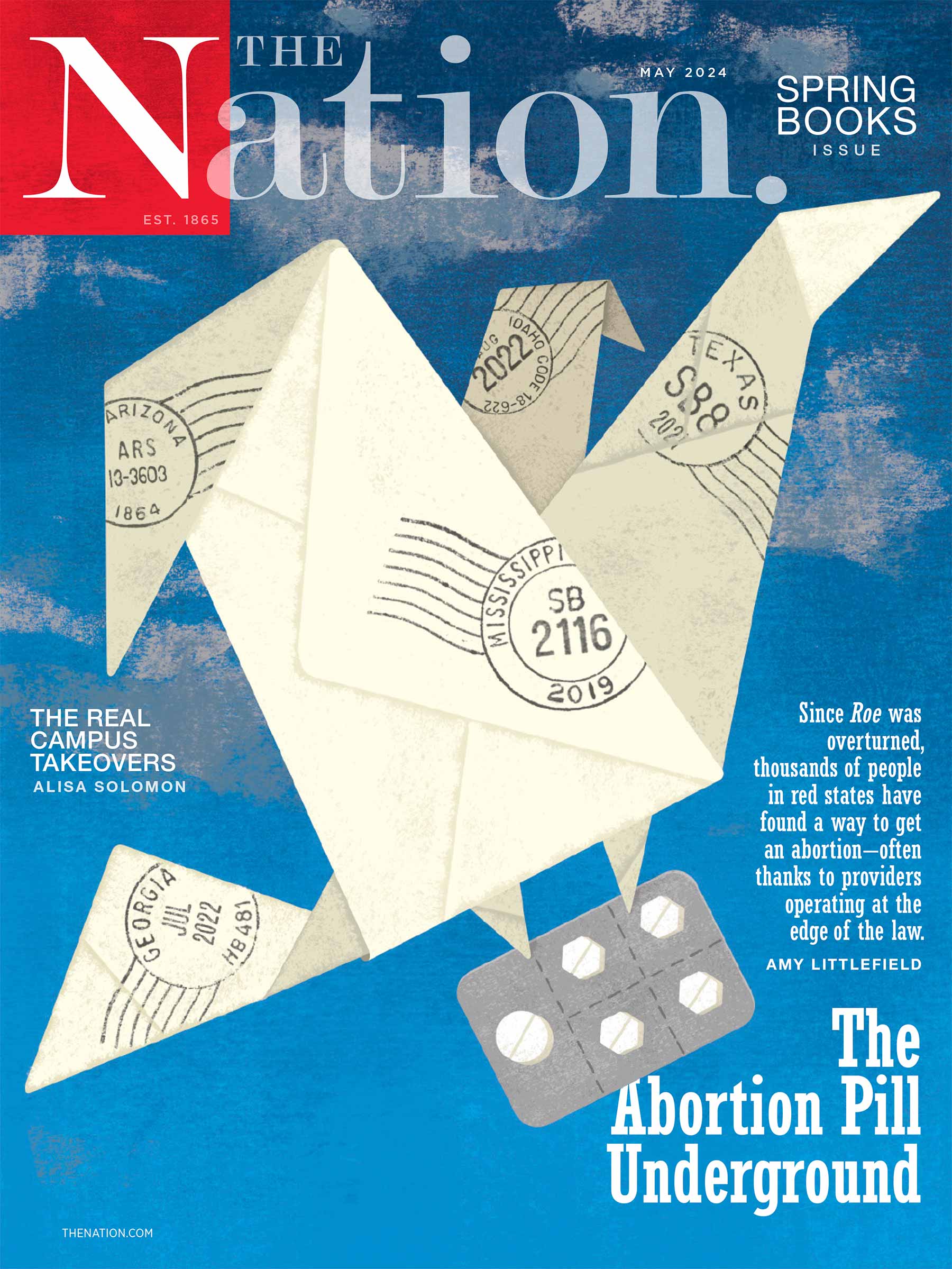President Obama did all the Sunday morning talk shows, as part of a ramped-up campaign to promote his sincere if ill-defined belief that health care should be reformed, and he continued to argue, albeit tepidly, that this reform probably needs to include a public option.
Obama was smooth and smart and presidential and the appearances on ABC’s “This Week,” CBS’s “Face the Nation,” NBC’s “Meet the Press,” CNN’s “State of the Union” and on the Spanish-language Univision network will undoubtedly aid his personal approval ratings.
But these exercises in pulled punches and anti-government apologia will do little to advance the cause of genuine health care reform.
Indeed, as Obama describes his notion of a public option, it is so constrained, under-funded and uninspired in approach as to be dysfunctional.
While there is no question that the right reform remains a single-payer “Medicare for All” system that provides quality care for all Americans while eliminating insurance company profiteering, if the best that can be hoped for is a government-supported alternative to the corporate options, then it should be robust enough to compete.
That’s what Congressional Progressive Caucus co-chair Raul Grijalva, D-Arizona, is proposing on behalf of the CPC, which now numbers more than 80 House members.
Grijalva says, “The CPC will do its best to ensure that the public option is as close to Medicare as we can get it.”
To that end, he says caucus members will use their key committee positions and needed votes to promote “a robust public option” that:
* Enacts concurrently with other significant expansions of coverage and must not be conditioned on private industry actions.
* Consists of one entity, operated by the federal government, which sets policies and bears the risk for paying medical claims to keep administrative costs low and provide a higher standard of care.
* Be made available to all individuals and employers across the nation without limitation.
* Allows patients to have access to their choice of doctors and other providers that meet defined participation standards, similar to the traditional Medicare model, promotes the medical home model and eliminates lifetime caps on benefits.
Popular
"swipe left below to view more authors"Swipe →
* Has the ability to structure the provider rates to promote quality care, primary care, prevention, chronic care management and good public health.
* Utilizes the existing infrastructure of successful public programs, such as Medicare, in order to maintain transparency and consumer protections for administering processes, including payment systems, claims and appeals.
* Establishes or negotiates rates with pharmaceutical companies, durable medical equipment providers and other providers to achieve the lowest prices for consumers.
* Receives a level of subsidy and support that is no less than that received by private plans.
* Ensures premiums are priced at the lowest levels possible, not tied to the rates of private insurance plans.
That’s the outline of a real public option — one that is robust enough to fight for.
Indeed, if President Obama had outlined it during his Sunday morning television appearances, the cause of real reform would have gotten the boost it needed.
As things stand, the CPC — not the unreliable and unfocused Blue Dogs and certainly not the Democratic Leadership Council-aligned “New Democrats,” who come with more corporate strings attached than many Republicans — are the best strategic and practical allies that the president has. By adopting the CPC line with regard to the public option, Obama could energize the base that elected him and turn this into a real fight, bringing savvy inside-outside political operations like that of Progressive Democrats of America into the thick of the struggle and activating the crowds that turned out in cities across the country last week for the “Mad As Hell Doctors” tour on behalf of “Medicare for All.”
By significantly muscling up his public-option proposal, the president could also give the labor movement’s most determined organizers (who are, invariably, single-payer backers) something to sink their teeth into.
Obama can still get a public option.
But he needs to understand that the public option is, itself, a compromise. It falls short of the “Medicare for All” model favored by serious reformers.
As such, the president cannot compromise the compromise.
He needs to take seriously the standards outlined by Grijalva and the Congressional Progressive Caucus. Indeed, he needs to incorporate them into his agenda. The right will scream in opposition. But the right is already screaming in opposition. Obama needs to get the left screaming in support of real reform.


